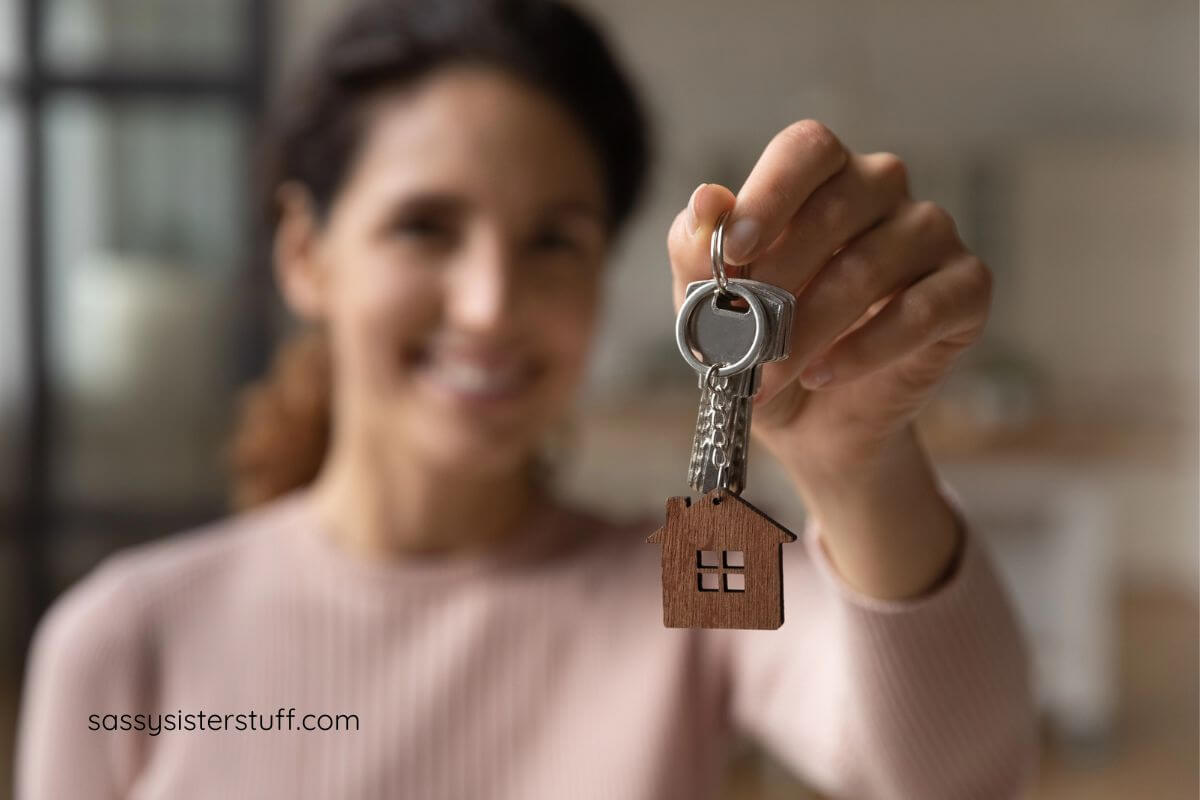17 Valuable Tips to Help You Prepare for Responsible Homeownership
Have you recently gone through a big change — like a divorce, a move, an empty nest, or a fresh start after 50? If your midlife transformation includes buying a home on your own (maybe for the first time), you’re not alone — and you’re in the perfect place to move forward with confidence.
Whether you’re stepping into solo homeownership, downsizing for a simpler lifestyle, or finally investing in the space you’ve always dreamed of, it’s important to prepare for responsible homeownership with both clarity and care.

In this stage of life, your priorities may be shifting — and your approach to homeownership should support your well-being, your financial future, and your peace of mind.
In this article, you’ll find practical tips to help you get financially and mentally ready to take the next step — whether it’s your first house or your forever home.
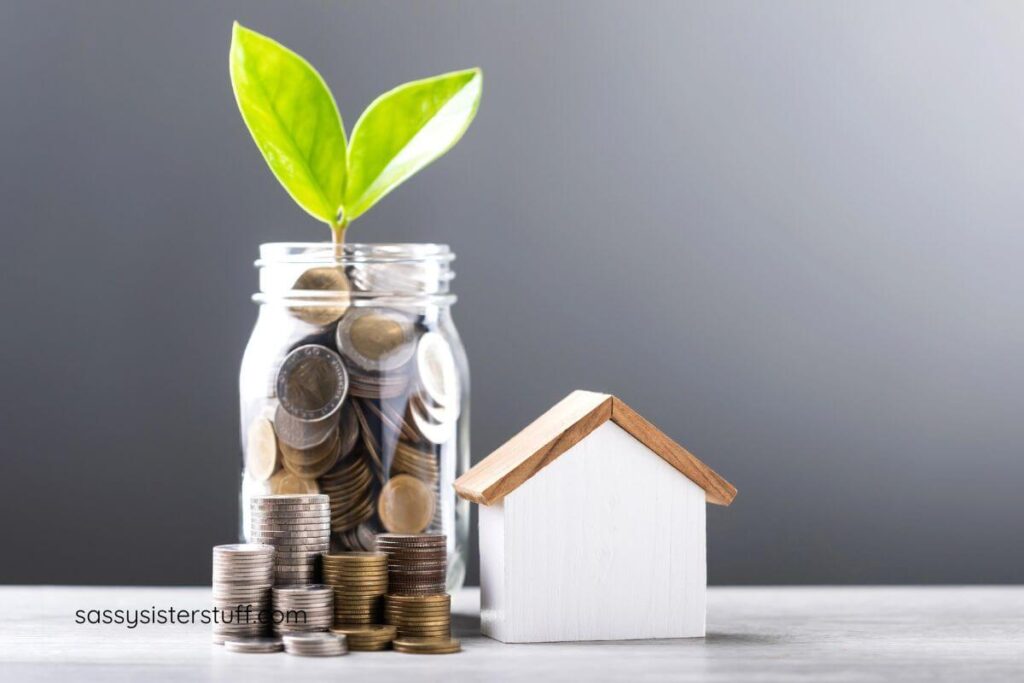
Get Your Finances in Order
Before you start browsing real estate listings, take a hard look at your financial situation. Responsible homeownership starts with honest financial planning.
1. Build an Emergency Fund
An emergency fund is a universally important financial tool, and it becomes even more critical when you own an asset as expensive as a home. Unexpected repairs, job loss, or medical emergencies can derail your budget if you’re not prepared. Aim to have three to six months of expenses saved before you buy, and continue building this fund after your purchase.
2.Calculate Your True Budget
The old rule of spending no more than 28% of your gross income on housing still holds merit, but remember that this includes more than just your mortgage payment. Factor in property taxes, homeowners insurance, HOA fees, and private mortgage insurance if you’re putting down less than 20%. If you must exceed 30%, that’s not a deal breaker, especially given how expensive housing is nowadays. However, homeownership should be reasonably financially achievable for you.
3. Check and Improve Your Credit Score
Your credit score affects your mortgage interest rate, which can save or cost you thousands over the life of your loan. Check your credit report for errors and work on paying down existing debt to improve your score before applying for a mortgage.
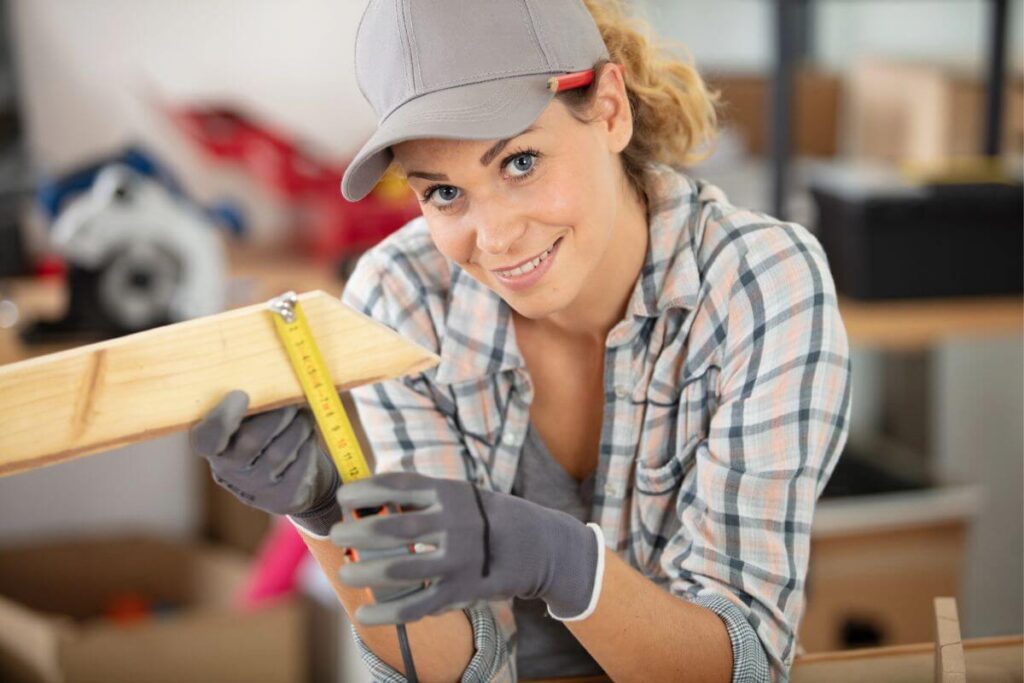
Understand the Hidden Costs of Homeownership
Many first-time buyers focus solely on the down payment and monthly mortgage, but homeownership comes with plenty of additional expenses that can catch you off guard.
4. Closing Costs and Moving Expenses
Closing costs hover around 2% to 5% of your home’s purchase price. These include appraisal fees, title insurance, attorney fees, and various other charges. Don’t forget to budget for moving expenses, utility deposits, and immediate home needs like cleaning supplies and basic tools.
5. Ongoing Maintenance and Repairs
When you rent, your landlord navigates repairs. When you buy, you become responsible for everything from leaky faucets to roof replacements. It’s smart to budget 1% to 3% of your home’s value each year for maintenance and repairs. This might seem like a lot, but it’s better to be prepared than scrambling to find money when your water heater breaks down.
6. Utilities and Home Insurance
Your monthly expenses will include utilities that might have been included in your rent, such as water, sewer, trash pickup, and potentially higher electric and gas bills for a larger space. Moreover, homeowners’ insurance is typically required by your lender and varies based on your location, home value, and coverage level.
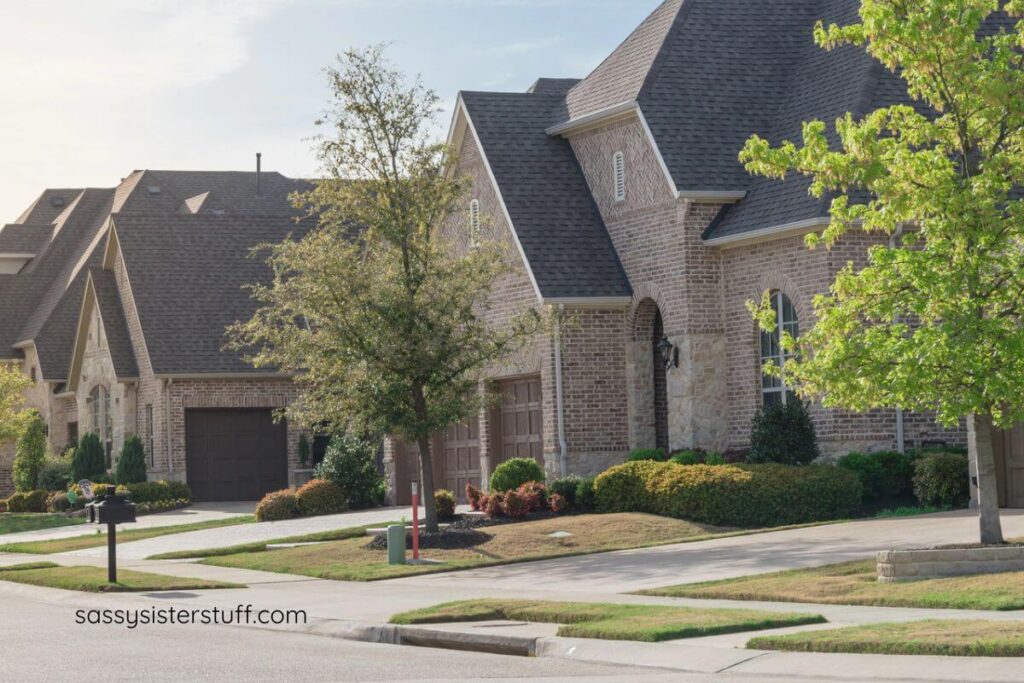
Research Your Target Area Thoroughly
Responsible homeownership means understanding not just the house you’re buying but the community you’re joining.
7. Study the Local Market
Research recent sales in your target neighborhoods to understand pricing trends. Look at how long homes stay on the market and whether prices are rising or falling. This information helps you make competitive offers and avoid overpaying.
8. Consider Future Development
Check with local planning departments about upcoming developments in your area. New shopping centers or schools might increase your property value, while industrial developments or major road construction could have the opposite effect.
9. Evaluate Commute and Lifestyle Factors
Calculate your commute time and costs from potential neighborhoods. Consider proximity to amenities that matter to you, whether that’s good schools, parks, shopping, or nightlife. These factors affect both your quality of life and your home’s resale value.

Prepare for the Home Buying Process
Understanding what to expect during the home buying process helps you navigate it with more confidence and avoid costly mistakes.
10. Get Pre-approved for a Mortgage
Pre-approval gives you a clear budget and shows sellers you’re a serious buyer. Shop around with multiple lenders to find the best rates and terms. And don’t just focus on the interest rate—consider fees, closing costs, and the lender’s reputation for closing on time.
11. Choose the Right Real Estate Team
The most successful path to homeownership is accompanied by trustworthy professionals. For instance, you’ll need to choose a good real estate agent to guide you through the process and a qualified home inspector to save you from expensive surprises. Make sure to interview multiple agents and ask for references. You want someone who understands your needs and the local market.
12. Plan for the Home Inspection
A professional home inspection identifies problems with the structure or amenities before you buy. Be prepared to walk away from a deal if the inspection reveals major issues, or negotiate with the seller to address problems or adjust the price accordingly.

Set Up Systems for Long-Term Success
Once you’ve bought your home, establishing good habits early will help you maintain it properly and build equity over time.
13. Create a Home Maintenance Schedule
Develop a calendar for regular maintenance tasks like changing HVAC filters, cleaning gutters, and servicing major appliances. Staying on top of routine maintenance prevents small problems from becoming expensive repairs.
14. Start a Home Improvement Fund
Beyond your emergency fund, consider setting aside money specifically for home improvements. That could be something as big as updating the kitchen or something as simple as adding greenery to your patio. Whatever the case, your home should evolve with your wants and needs, and having dedicated funds helps you achieve this without going into debt.
15. Keep Detailed Records
Maintain records of all repairs, improvements, and maintenance. These records help you track warranty information and plan future maintenance. Additionally, records are invaluable for tax purposes or when you eventually sell your home.

Build Equity and Plan Ahead
The highest level of responsible homeownership is building long-term wealth and planning for the future while maintaining your current home.
16. Understand How Equity Works
Your home equity grows as you pay down your mortgage and as your property value increases. Consider making extra principal payments when possible, but balance this against other financial goals like retirement savings or paying off high-interest debt.
17. Plan for Major Replacements
Major home systems and appliances have predictable lifespans. Start planning and saving for replacements before they fail. A new roof, HVAC system, or appliances can cost thousands, but planning ahead makes these expenses manageable.
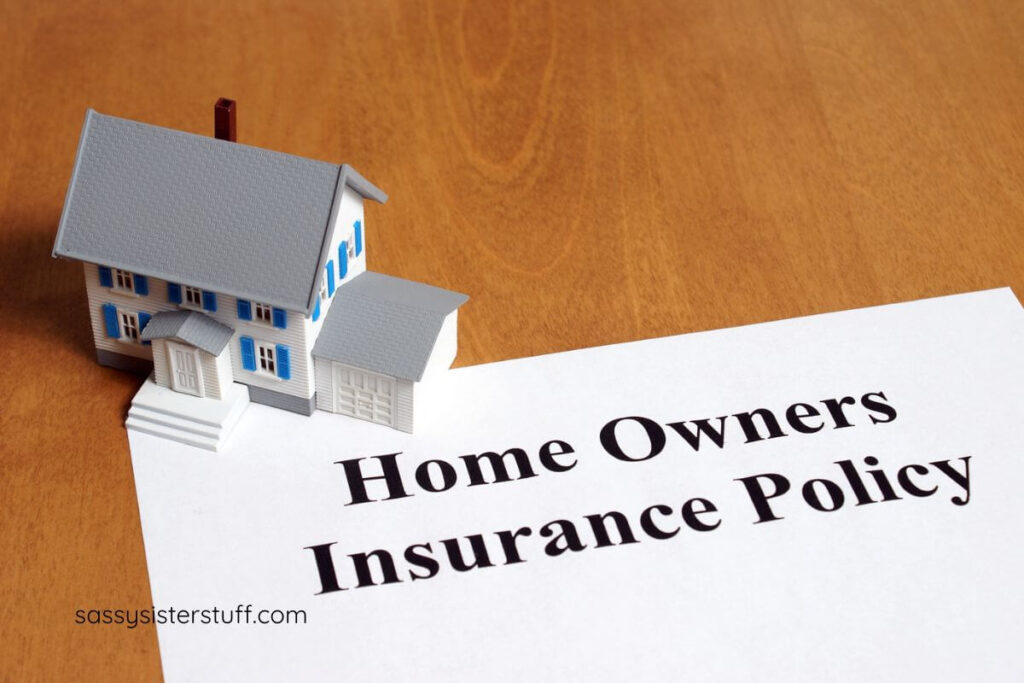
Final Thoughts: Prepare for Responsible Homeownership
Preparing for responsible homeownership in midlife isn’t just about paperwork and checklists — it’s about creating a solid foundation for your next chapter. Whether you’re embracing independence, downsizing with intention, or starting fresh after a major life change, the time and care you invest now will pay off in peace of mind, stability, and confidence.
There’s no need to rush. You don’t have to buy a home just because it seems like the “next step” or because someone else thinks you should. Give yourself the space to do it on your terms — when the timing, the finances, and the feeling are right.
You’ve worked hard to get where you are. Now it’s time to build a life — and a home — that supports the woman you’re becoming. Your future self will thank you.
If you’re navigating life changes and building a future that feels right for you, don’t miss these other empowering reads:
👉 Your Ultimate Guide to a Joyful Midlife Reinvention
👉 Intentional Ways to Improve Your Happiness in 2025
👉 How a Life Audit Can Help You Realign Your Priorities
👉🏻 How Midlife Women Can Feel More Independent and Capable at Home
Your journey is yours — and every step forward counts.
Love to ALL! ~ Susan

